JavaScript continues to dominate the web development world, and if you’re a developer looking to stay ahead in 2025, keeping up with the latest libraries is essential. These libraries not only simplify complex tasks but also boost productivity, performance, and user experience. In this blog, we’ll explore the top 5 JavaScript libraries you should learn this year to strengthen your skills and accelerate your projects.
Why JavaScript Libraries Matter
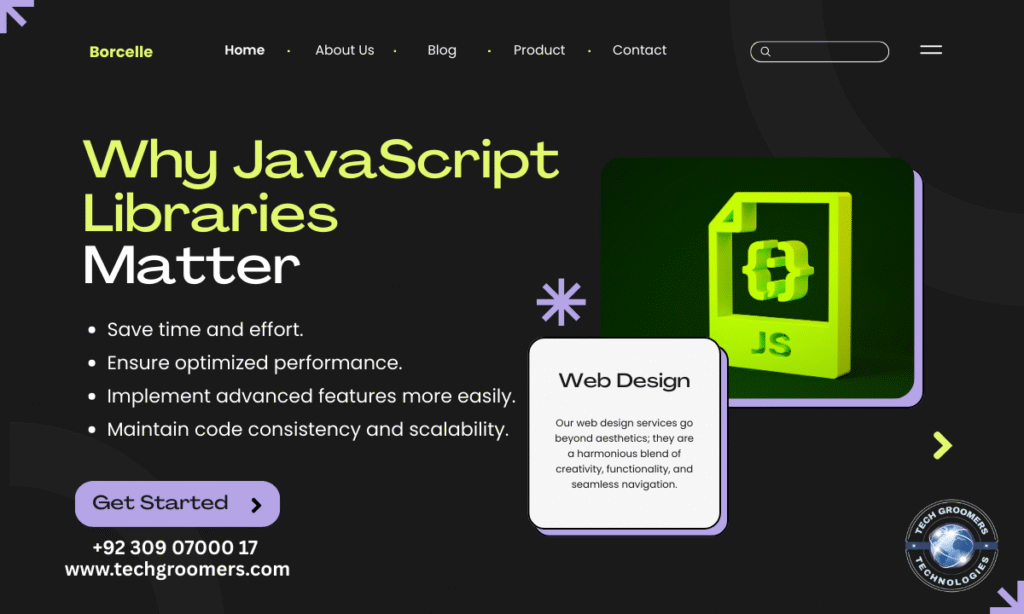
JavaScript is incredibly versatile, but coding everything from scratch can be time-consuming. Libraries solve this problem by providing pre-written functions, utilities, and components that help developers:
- Save time and effort.
- Ensure optimized performance.
- Implement advanced features more easily.
- Maintain code consistency and scalability.
Here’s why learning trending JavaScript libraries in 2025 will give you a competitive edge.
The Top 5 JavaScript Libraries for 2025
1. React.js
React remains the most popular library for building dynamic user interfaces. With its component-based architecture and Virtual DOM, it makes creating fast, interactive apps seamless.
Key Features of React:
- Reusable components.
- Virtual DOM for performance.
- Strong community support.
- Ecosystem with tools like Next.js.
| Pros | Cons |
|---|---|
| Easy to scale and maintain | Learning curve for beginners |
| Huge ecosystem | Requires JSX knowledge |
2. Vue.js
Vue continues to gain popularity as a lightweight and flexible framework for building modern apps. It’s beginner-friendly yet powerful enough for enterprise-level projects.
Key Features of Vue:
- Simple integration with existing apps.
- Two-way data binding.
- Strong community growth.
| Pros | Cons |
|---|---|
| Beginner-friendly | Smaller ecosystem than React |
| Detailed documentation | Limited large-scale adoption |
3. D3.js
If data visualization is part of your project, D3.js is a must-learn library in 2025. It allows developers to create stunning, interactive, and customizable visualizations.
Key Features of D3:
- Handles large data sets.
- Creates dynamic and animated graphics.
- Integrates well with other libraries.
| Pros | Cons |
|---|---|
| Flexible and powerful visuals | Steep learning curve |
| Works with various data types | Can be complex for beginners |
4. Three.js
With the growth of AR, VR, and immersive web experiences, Three.js is becoming increasingly vital. It’s the go-to library for 3D graphics and rendering in the browser.
Key Features of Three.js:
- Create 3D animations easily.
- WebGL support for advanced graphics.
- Rich documentation and examples.
| Pros | Cons |
|---|---|
| Enables immersive experiences | Performance-heavy for large apps |
| Large supportive community | Requires strong math skills |
5. Lodash
Lodash remains one of the most dependable utility libraries. It simplifies tasks like manipulating arrays, objects, and strings, making your JavaScript code more efficient.
Key Features of Lodash:
- Over 300 utility functions.
- Improves code readability.
- Optimized for performance.
| Pros | Cons |
|---|---|
| Simplifies complex tasks | Many functions overlap with ES6+ |
| Lightweight and fast | May be unnecessary for small projects |
Comparison Table: Choosing the Right Library
| Library | Best For | Learning Curve | Community Support |
|---|---|---|---|
| React.js | Building UI & SPAs | Moderate | Very Strong |
| Vue.js | Lightweight, flexible apps | Easy | Growing Fast |
| D3.js | Data visualization projects | Hard | Strong |
| Three.js | 3D & immersive experiences | Moderate | Large |
| Lodash | Utility functions & helpers | Easy | Stable |
Future Trends to Watch
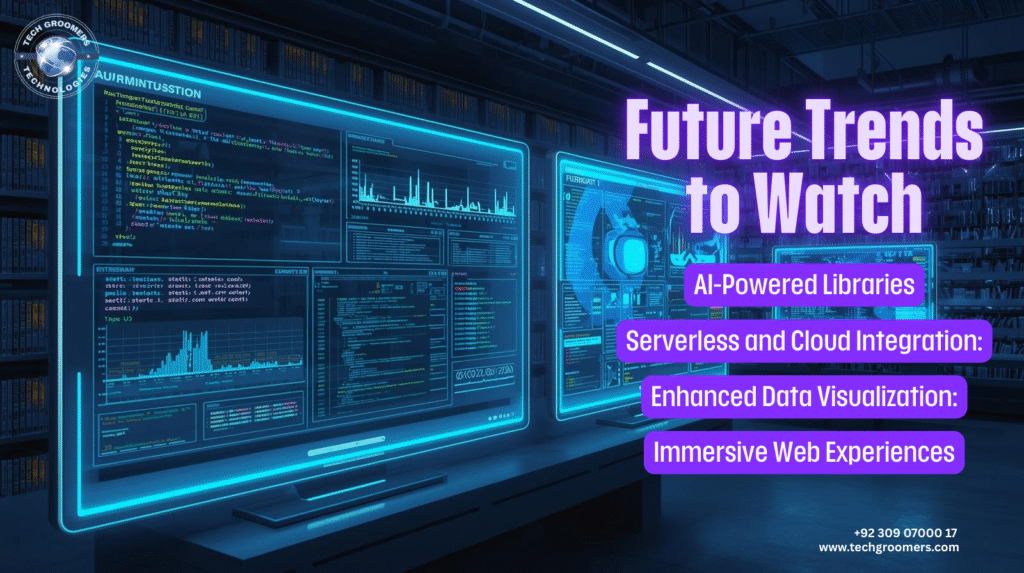
- AI-Powered Libraries: Expect to see JavaScript libraries integrate more machine learning features.
- Serverless and Cloud Integration: Libraries will adapt to serverless computing trends.
- Enhanced Data Visualization: Demand for real-time, interactive dashboards will push D3.js further.
- Immersive Web Experiences: AR and VR adoption will make Three.js a must-learn skill.
Final Thoughts
Mastering these top JavaScript libraries in 2025 will give you an edge in web development, helping you create faster, smarter, and more engaging digital experiences. Whether you’re working on interactive dashboards, immersive 3D apps, or scalable web applications, these tools are worth your time.
👉 Which of these libraries are you planning to learn first? Start small, experiment, and watch your projects come alive!
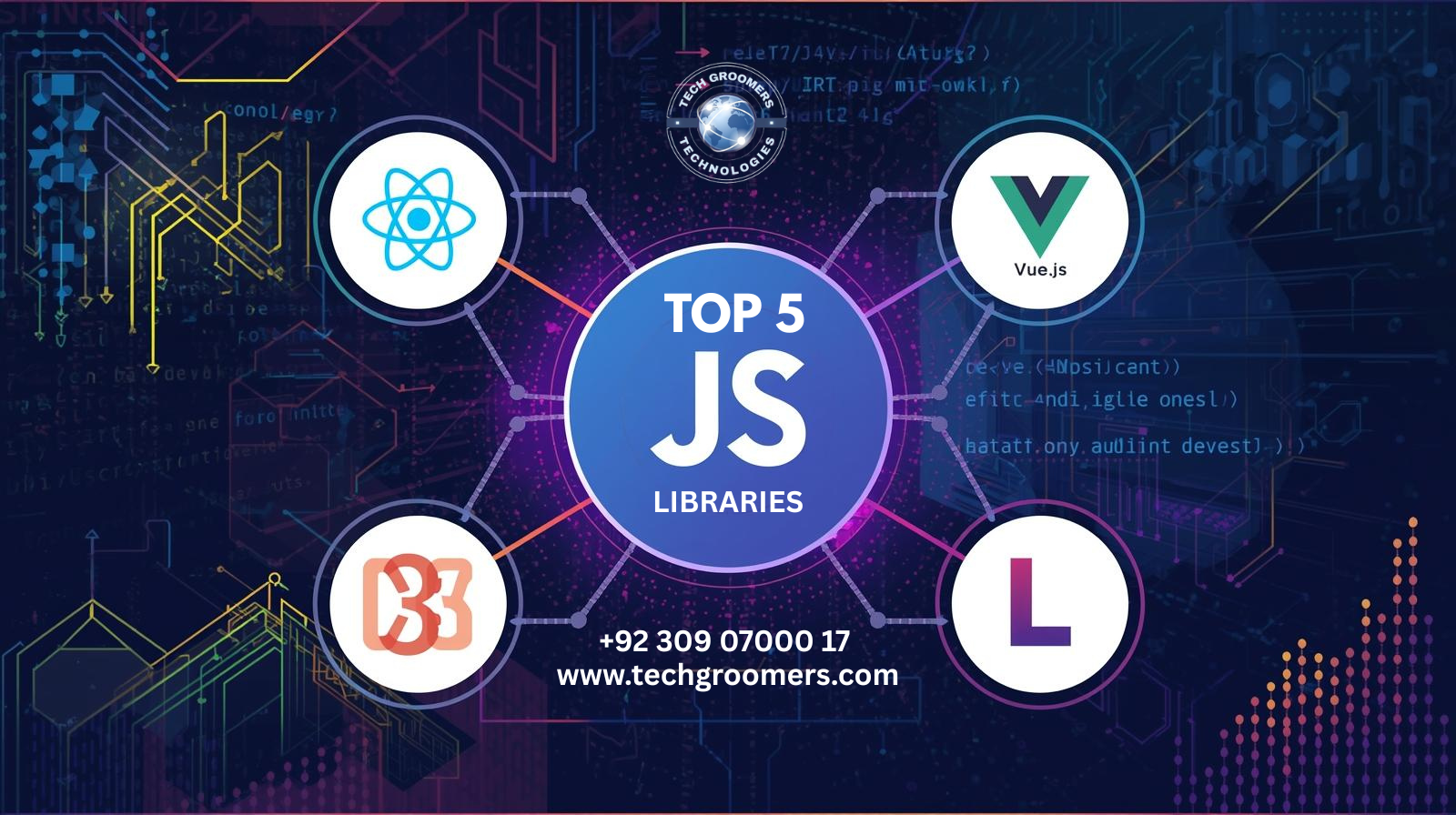
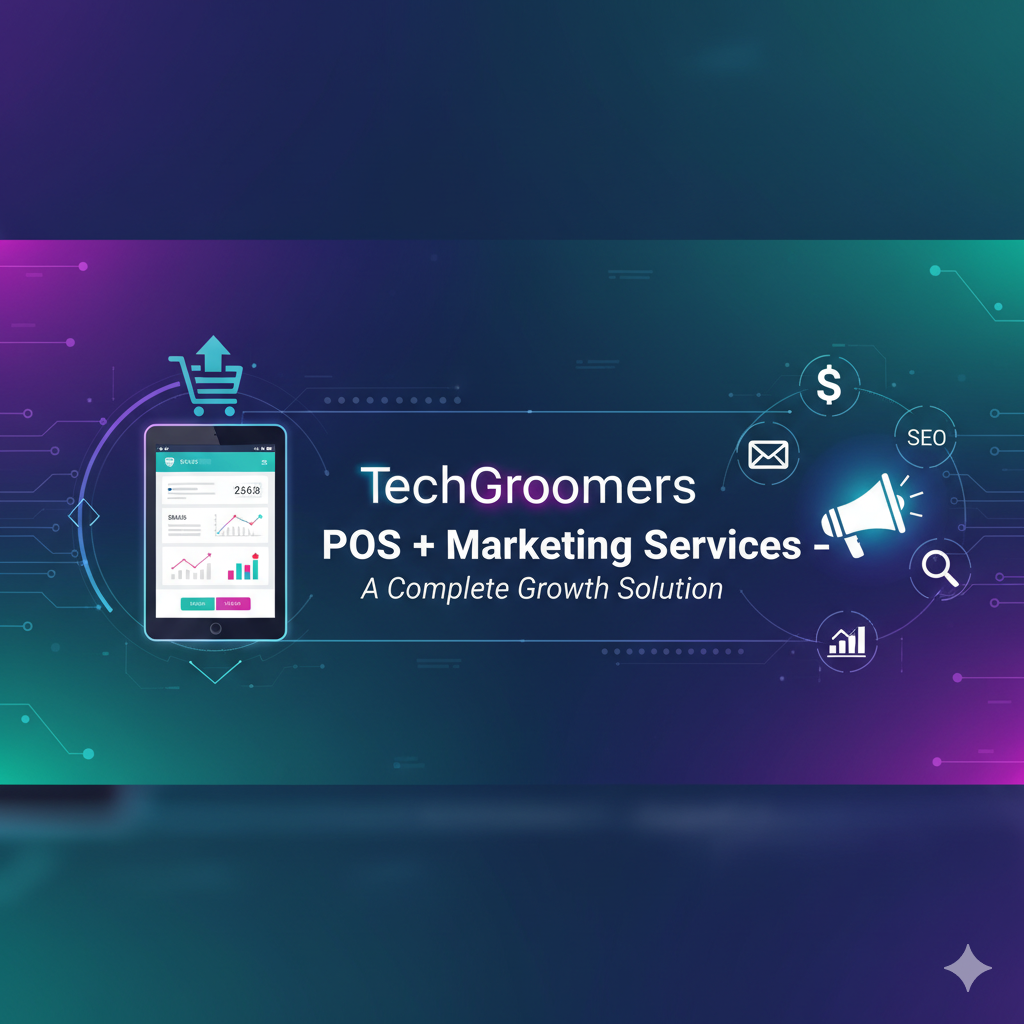
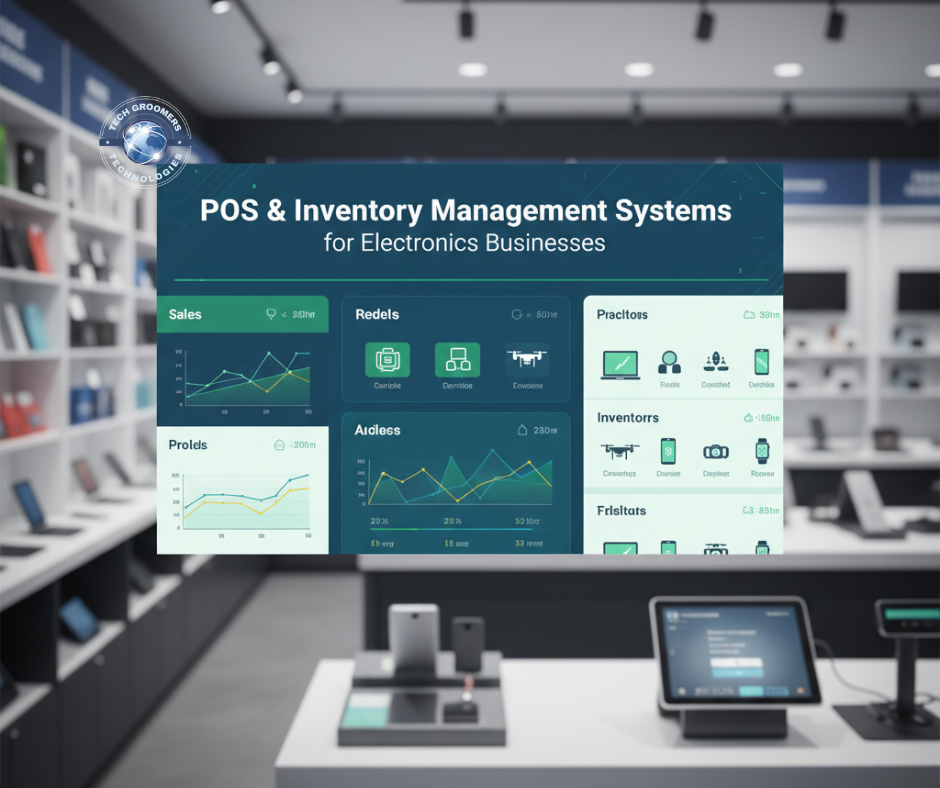
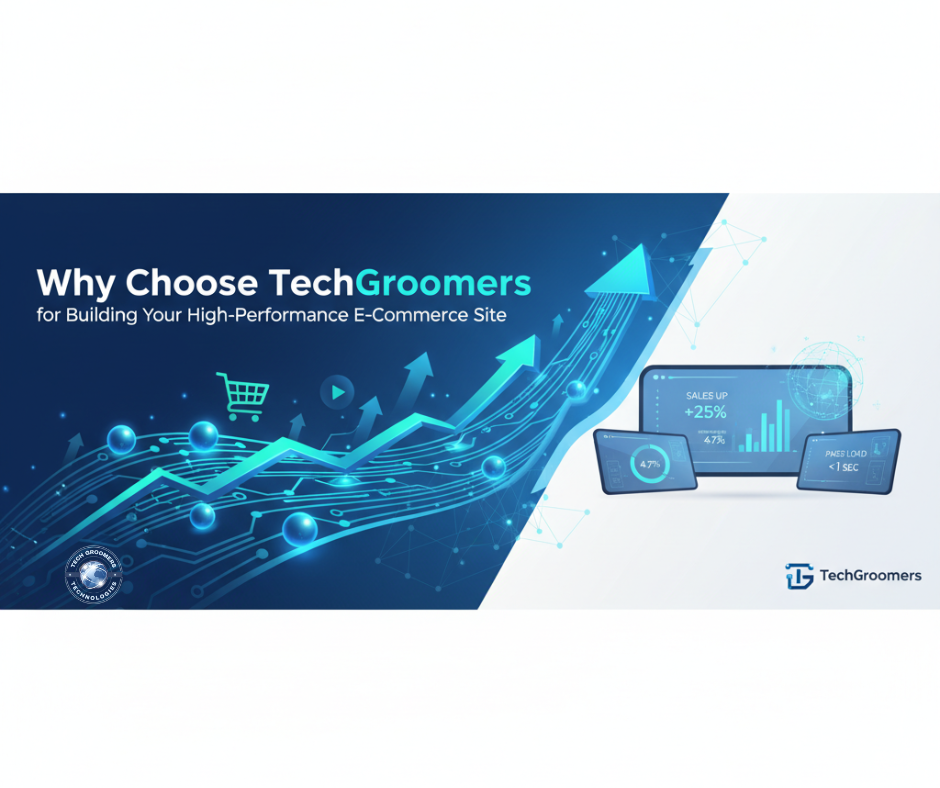
Leave a Reply